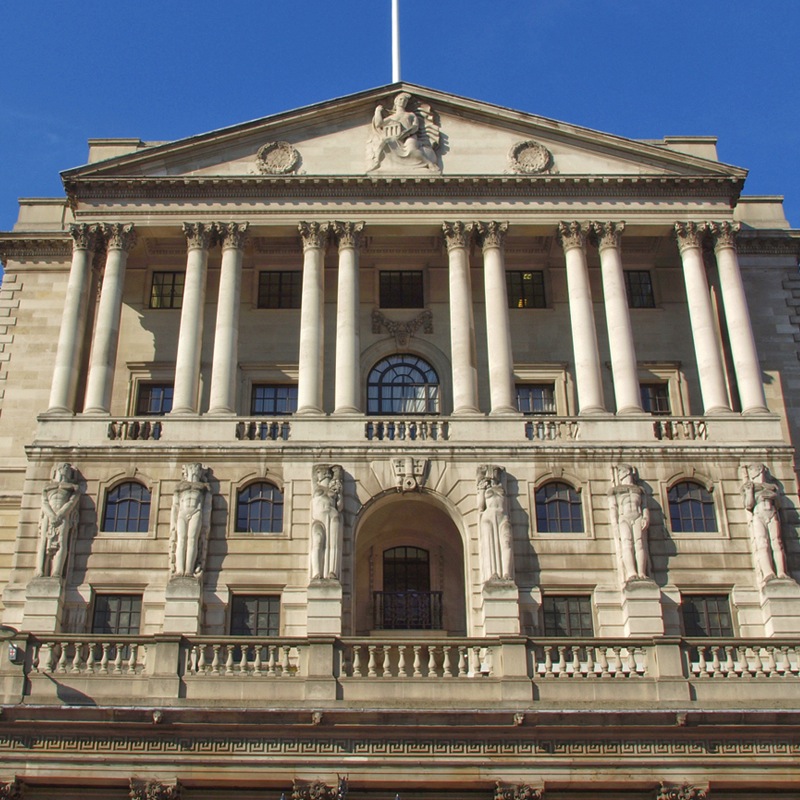Unemployment and Inflation

Unemployment and Inflation
SECTION4
- Module 13: Defining Unemployment
- Module 14: Categories of Unemployment
- Module 15: The Costs of Inflation
- Module 16: Measuring Inflation

A VERY BRITISH DILEMMA
The Bank of England is a venerable institution—
But in early 2011, it wasn’t at all clear what the Bank should do. British inflation was rising: consumer prices were 4.4 percent higher than they had been a year earlier, a rate of increase far above the Bank’s comfort level. At the same time, the British economy was still suffering the aftereffects of a severe recession, and unemployment, especially among young people, was disturbingly high. So should the Bank have focused on fighting inflation, or should it have kept trying to bring down unemployment?
Opinion was sharply divided. The Bank faced “a genuine problem of credibility,” declared Patrick Minford, a professor at Cardiff University, who urged the Bank to fight inflation by raising interest rates. The rise in inflation reflected temporary factors and would soon reverse course, countered Adam Posen, a member of the Bank’s Policy Committee, who argued that any tightening would risk putting Britain into a prolonged slump.
Whoever was right, the dispute highlighted the key concerns of macroeconomic policy. Unemployment and inflation are the two great evils of macroeconomics. So the two principal goals of macroeconomic policy are low unemployment and price stability, usually defined as a low but positive rate of inflation.
Unfortunately, those goals sometimes appear to be in conflict with each other: economists often warn that policies intended to fight unemployment run the risk of increasing inflation; conversely, policies intended to bring down inflation can raise unemployment.
We look at the nature of the trade-